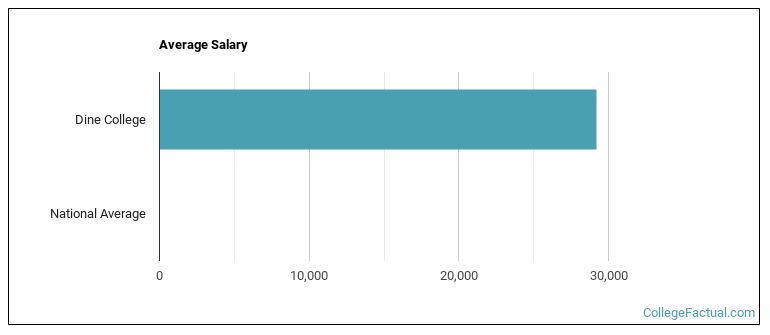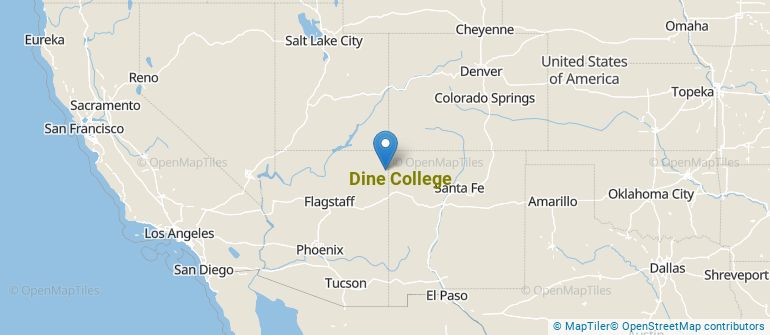 by our College Data Analytics Team
by our College Data Analytics TeamExplore the best ranked schools for the programs you are most interested in.
Dine College was not ranked in College Factual's Best Overall Colleges report this year. This may be because not enough data was available.
Since Dine College has an open admissions policy, being accepted to the school isn't that hard. However, a full basic things - such as a high school diploma or equivalent - may be required. Also, go over your application to make sure it is complete before you submit it.
The student to faculty ratio at Dine College is about average at 15 to 1. This ratio is often used to gauge how many students might be in an average class and how much time professors will have to spend with their students on an individual level. The national average for this metric is 15 to 1.
In addition to the student to faculty ratio, some people look at what percentage of faculty members are full-time as a sign of how much time professors will be able to spend with their students. This is because part-time teachers may not be be on campus as much as their full-time counterparts.
The full-time faculty percentage at Dine College is 64%. This is higher than the national average of 47%.
Dine College has a freshmen retention rate of 100%. That's a good sign that full-time students like the school and their professors enough to want to stick around for another year. It's also a sign that the admissions team did a good job in choosing applicants who were a good fit for the school.
During the 2017-2018 academic year, there were 1,369 undergraduates at Dine College with 706 being full-time and 663 being part-time.
The net price is calculated by adding tuition, room, board and other costs and subtracting financial aid.Note that the net price is typically less than the published for a school. For more information on the sticker price of Dine College, see our tuition and fees and room and board pages.

Get more details about the location of Dine College.

Contact details for Dine College are given below.
| Contact Details | |
|---|---|
| Address: | Route 12, One Circle Drive, Tsaile, AZ 86556 |
| Phone: | 928-724-6600 |
| Website: | https://www.dinecollege.edu/ |
| Most Popular Majors | Bachelor’s Degrees | Average Salary of Graduates |
|---|---|---|
| Public Health | 70 | NA |
| Business Administration & Management | 27 | NA |
| Teacher Education Grade Specific | 24 | NA |
| General Social Sciences | 16 | NA |
| General Psychology | 14 | $20,227 |
| General Biology | 11 | NA |
| Mathematics | 6 | NA |
| General Engineering | 4 | NA |
| Liberal Arts General Studies | 4 | NA |
| Social Work | 4 | NA |
Online learning options are becoming more and more popular at American colleges and universities. Online classes are great for students who have busy schedules or for those who just want to study on their own time.
In 2022-2023, 1,539 students took at least one online class at Dine College. This is an increase from the 1,286 students who took online classes the previous year.
| Year | Took at Least One Online Class | Took All Classes Online |
|---|---|---|
| 2022-2023 | 1,539 | 1,255 |
| 2021-2022 | 1,286 | 1,121 |
| 2020-2021 | 1,359 | 1,241 |
| 2018-2019 | 1,067 | 0 |
Footnotes
*The racial-ethnic minorities count is calculated by taking the total number of students and subtracting white students, international students, and students whose race/ethnicity was unknown. This number is then divided by the total number of students at the school to obtain the racial-ethnic minorities percentage.
References
More about our data sources and methodologies.